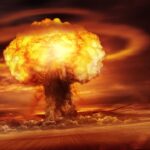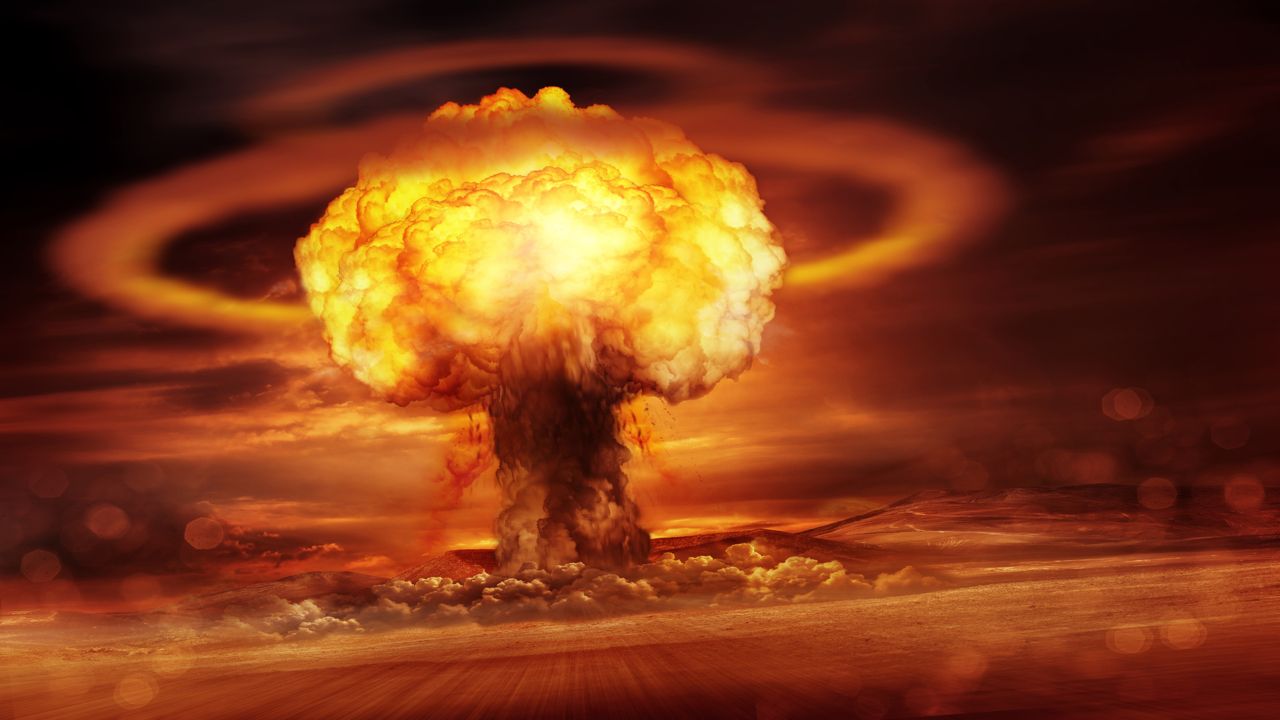What will happen to the earth in the event of a nuclear conflict. Research from LSU reminds us of this


The current conflict between Russia and Ukraine has brought to the surface the potential risk of a nuclear war that we thought we had archived almost forever after the end of the Cold War. Hoping to open eyes a little more to an uncertain future, LSU scientists conducted a simulation to show what the catastrophic consequences of such a conflict would be for living beings on Earth.
It turns out that there are over 13,000 nuclear weapons ready to be launched in the world . These are data from the International Peace Research Institute in Stockholm, Sweden. A nuclear arsenal controlled by only nine countries.
Louisiana State University researchers asked the question a posteriori. What impact would a nuclear war have on the world we live in? To answer this question, they ran several computer simulations. The simulations depended on whether the war in question was limited to a particular region or was more global.
There is one aspect on which all the scenarios of US researchers agree. The explosion of nuclear bombs would release enough soot and smoke into the upper atmosphere to block a significant part of the sun's rays. It doesn't matter who it bombs. What happens in the upper atmosphere spreads globally. The result is that in the first month the average temperature drops by about 10 ° C. It's more than Earth experienced during the last Ice Age, and maybe Greta would be happy. As a result, colossal crop losses will occur around the world, even in areas not directly affected.
Ocean temperatures would also drop. But they won't rise quickly after the smoke clears. Why oceans take longer to recover. In the most dramatic scenario – a nuclear war between the United States and Russia, with 4,400 weapons detonated and 150 teragrams of dust discharged into the atmosphere – it would take decades to recover. And it would probably take hundreds of years to return to the depths we know today.
As for the ice, it would extend to block some important ports. Tianjin, the largest port in northern China, Copenhagen (Denmark) and St. Petersburg (Russia) are just a few examples. In general, sea ice would block several shipping routes in the Northern Hemisphere. This would make transporting food very difficult. Thousands of years of a real "nuclear ice age" in the event of a serious conflict between the United States and Russia.
Decreasing temperatures and light in the oceans would kill the algae that form the basis of the food chain. This could endanger all life in the sea and put most fishing activities at risk. All this without direct assessment of the damage of explosions, the destruction of lives and structures, but based only on the fallout.
This work by Louisiana State University researchers once again demonstrates the interdependence of earth systems. How fragile our supply systems are, even in the face of regional conflicts! The researchers hope that their simulations, as in the 1980s, will help warn world leaders of the catastrophic consequences of a nuclear war for all, so that more and more countries will ratify the UN treaty banning nuclear weapons. "We really need to do everything possible to avoid nuclear warfare," the researchers conclude.

Thanks to our Telegram channel you can stay updated on the publication of new articles of Economic Scenarios.
The article What will happen to the earth in the event of a nuclear conflict. A research by LSU reminds us of it comes from ScenariEconomici.it .
This is a machine translation of a post published on Scenari Economici at the URL https://scenarieconomici.it/cosa-succedera-alla-terra-in-caso-di-conflitto-nucleare-una-ricerca-della-lsu-ce-lo-ricorda/ on Thu, 07 Jul 2022 20:26:13 +0000.
